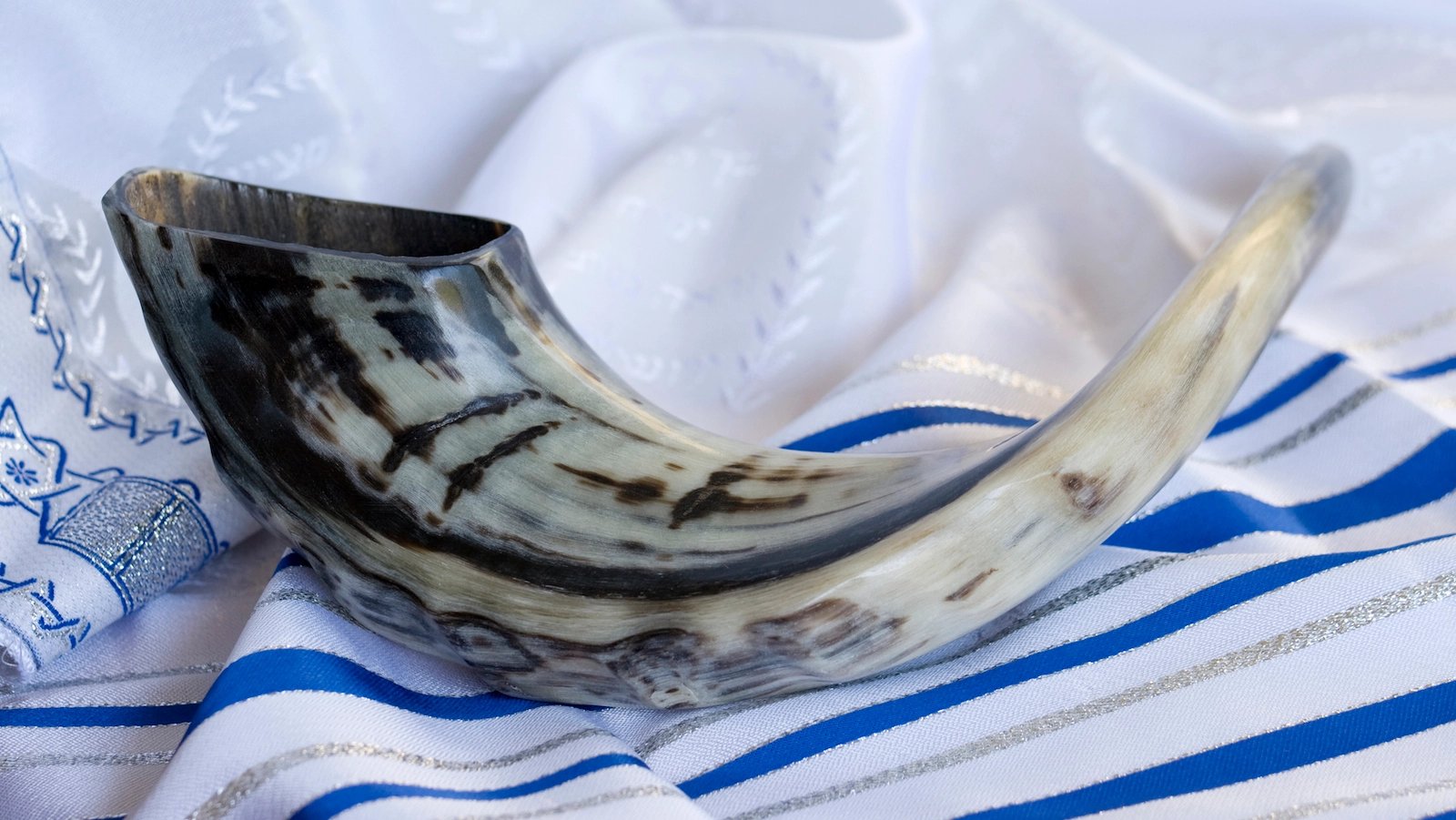Yom Kippur means “Day of Atonement.” It is the holiest and most solemn day of the Jewish year and is a fast day. According to tradition, at the end of Yom Kippur, God “seals” our fates for the coming year (i.e., whether we will be inscribed in the Book of Life). The main themes of this day are sin, repentance (teshuvah) and atonement.
Although Yom Kippur is a solemn occasion there is also great joy on the day that our sins are forgiven as the community recites the Al Chet prayer (confession of sins) “with a sense of confidence and even rejoicing” (
Yom Kippur is mentioned in the Torah as “Yom Hakippurim” in Vayikra (Leviticus) 23: 27-28: “Mark, the tenth day of this seventh month is the Day of Atonement (Yom Hakippurim). It shall be a sacred occasion for you: you shall practice self-denial…you shall do no work throughout that day.”
[Yom Kippur] is observed in a manner that will remove the worshipper from every aspect of the mundane world.” Jews observe Yom Kippur by fasting, attending synagogue, praying, refraining from work and pleasurable activities, reflecting on the past year and contemplating the future.
The prayer book that is used at Rosh Hashanah and Yom Kippur services is called a mahzor (a siddur is used the rest of the year). Unlike the siddur, the mahzor includes lots of liturgical poetry (piyyutim), the prayer “Avinu Malkeinu” (“Our Father, Our King”) and the shofar.
The day before Yom Kippur, the last meal (aka. the se’udah hamafseket) must be eaten before sundown. Candles are also lit with the blessing “l’hadlik ner shel yom hakipurim.” Additionally, if one’s parent or parents are deceased, a special memorial candle (called a ner neshama) is lit in their memory and burns for the entire holiday.
Some traditions observed at Yom Kipper.
Leather-free shoes Most communities uphold the custom of not wearing leather shoes on Yom Kippur. Leather shoes were historically considered luxury apparel. So, keeping with the humble spirit of Yom Kippur, Jewish tradition recommends avoiding leather shoes to demonstrate a willingness to forego luxury. In order to avoid leather footwear, many wear canvas sneakers, flip-flops, Crocs, or wedge sandals.
White clothes In many communities around the world, it is traditional to dress in white on Yom Kippur. This symbolizes purity and the opportunity to begin the new year with a clean slate.
Breaking the fast “Break fast” (no, not breakfast) is the meal eaten immediately after Yom Kippur to break the fast. In many Ashkenazi American homes, it’s common to serve bagels, cream cheese, kugel, fresh fruit and coffee. In Sephardic homes, the menu might include dairy foods, soups and stews, and other dishes that would be served at a lunch or dinner as opposed to brunch. However, each family has their own break fast customs.
Lighting a memorial candle If one’s parent or parents are deceased, a special memorial candle, often called a Yahrzeit candle or “ner neshama” in Hebrew, is lit prior to beginning the fast in their memory and burns for the entire holiday.
Tashlich Tashlich is a ceremony in which Jews throw pieces of bread into a body of water to symbolize casting away their sins. Before performing Tashlich, it is customary to reflect on the past year as part of the Teshuvah process, in order to “cast away” your wrongdoings. Verses from the Book of Micah are recited, such as, “He will take us back in love; He will cover up our iniquities, You will cast (tashlich) all our sins into the depths of the sea” (7:19). Although Tashlich is typically done on the afternoon of the first day of Rosh Hashanah, it can be performed until the end of Sukkot.

